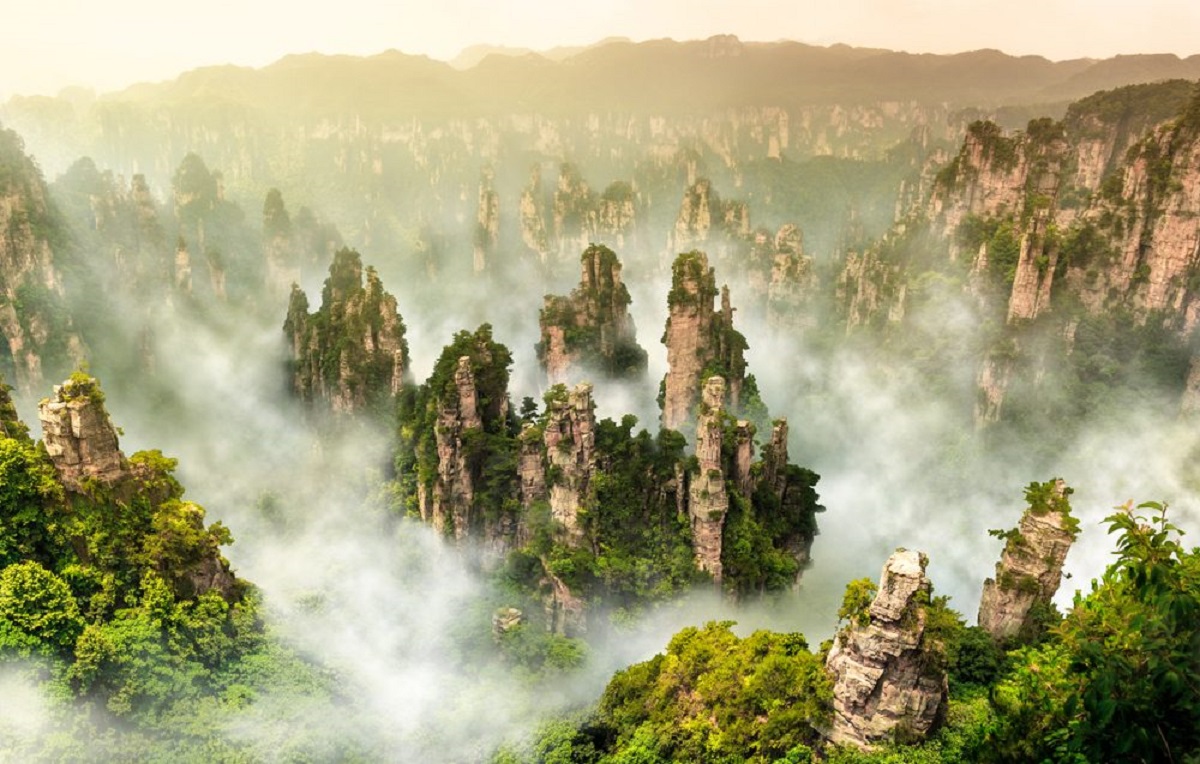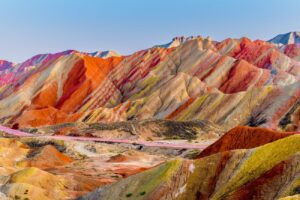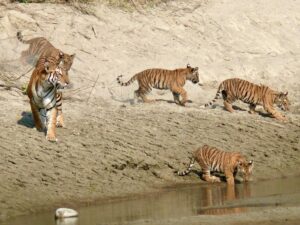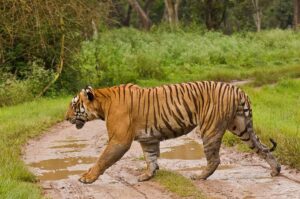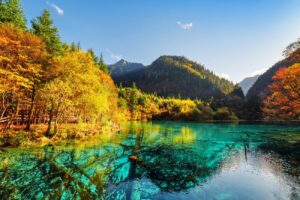Found in the Hunan Province, Zhangjiajie National Forest Park is a spectacular natural wonder that has captivated travelers and inspired imaginations worldwide. The park is mostly famous for its towering sandstone pillars, which was inspiration for the floating mountains in the movie Avatar.
Zhangjiajie offers an otherworldly landscape and a thrilling experience for nature lovers, adventurers, and photographers alike. The most iconic feature of Zhangjiajie is undoubtedly the Avatar Hallelujah Mountain, a majestic rock formation that rises over 1,000 feet into the air.
The towering spires, some as thin as a needle, were named after the floating mountains in James Cameron’s Avatar. Here’s our comprehensive guide Zhangjiajie National Park;
Please Download Our Mobile App here.
Overview of Zhangjiajie National Park
Located in the central-eastern part of China within the Wulingyuan Scenic Area, Zhangjiajie National Park spans 18.59 square miles of breathtaking natural beauty. The larger Wulingyuan area, a UNESCO World Heritage Site, covers an impressive 153.5 square miles, with Zhangjiajie National Forest Park being its most renowned section.
The park is a landscape of dense forests, deep ravines, winding canyons, and towering, pillar-like rock formations made from quartz-sandstone rather than the typical limestone. These unique pillars, shaped by centuries of physical erosion and abundant rainfall, have made the park world-famous.
The majestic rock formations, combined with lush forests, dramatic mountains, and ever-changing clouds, embody the essence of traditional Chinese landscape art. Two of the park’s most iconic features, the Bailong Elevator and the Zhangjiajie Grand Canyon Glass Bridge, offer thrilling ways for visitors to experience the park.
Wildlife in Zhangjiajie National Park
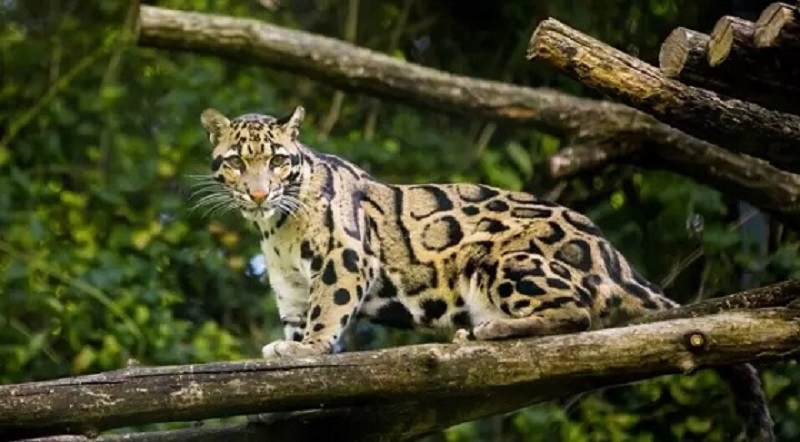
Zhangjiajie National Park’s diverse and rugged landscape, with its steep cliffs, deep gullies, and dense forests, provides an ideal habitat for a variety of wildlife. The park is home to 116 species. The largest animal population in the park is the rhesus macaque, with over 3,000 individuals that can be spotted playfully jumping from tree to tree throughout the park.
These mischievous monkeys are often unafraid of human presence and will happily interact with visitors, especially if they offer treats like candy or chocolate. The macaques in the park are categorized into three groups based on their fur color: blue, yellow, and golden.
Another fascinating creature found here is the Chinese giant salamander, sometimes referred to as “baby fish” due to the sound they make that resembles a baby’s cry. These remarkable amphibians thrive in cool, clear streams, preying on small fish, frogs, and other aquatic creatures.
Pangolins, also known as scaly anteaters, are nocturnal residents of the park, spending their days curled up and sleeping in the high mountain terrain. These unique mammals use their acute sense of smell to hunt for insects, tearing into ant and termite mounds with their powerful claws.
The park is also home to carrying water birds, which have colorful feathers and an unusual ability to store water in a special bag-like organ. These birds can be found on mountaintops, flying to streams to drink before storing water for later use.
Best Time to Visit Zhangjiajie National Park
The best time to visit Zhangjiajie National Park is between September and October. During these months, the weather is mild, and the park is adorned with vibrant autumn colors. This period offers comfortable temperatures, fewer crowds than the busy summer months, and picturesque scenery that is perfect for sightseeing and photography.
However, if you’re keen on witnessing the ethereal “sea of clouds” effect that blankets the peaks, plan your trip for the spring season (particularly between April and June). During this time, the fog and mist create a mystical atmosphere over the mountains, enhancing the park’s otherworldly charm.
Summer tends to be hot, humid, and crowded, with occasional thunderstorms. If you prefer colder conditions and fewer tourists, winter provides a serene, icy landscape, though temperatures can be challenging for outdoor activities.
Getting to Zhangjiajie National Park
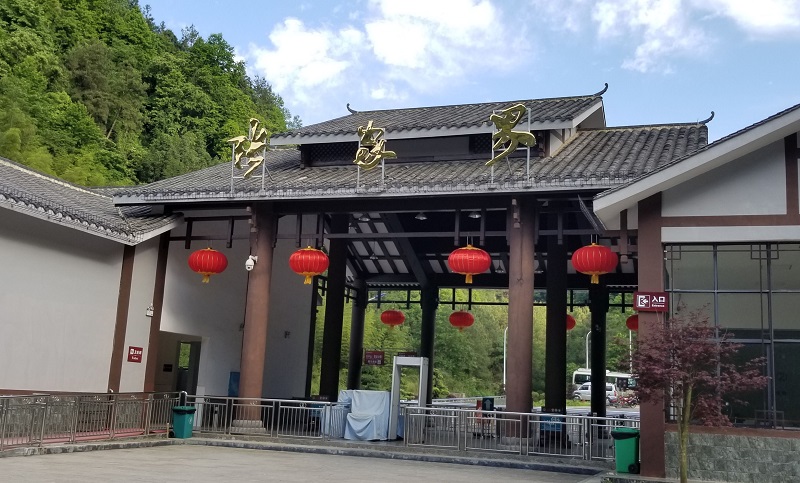
Getting to Zhangjiajie National Park, a small city nestled among dramatic mountain landscapes, is surprisingly convenient despite its remote feel. The city is served by a modest airport with direct flights from major hubs like Beijing (2.5 hours), Xi’an (1.5 hours), Shanghai (2 hours), and Chengdu (1.5 hours).
High-speed trains provide a comfortable alternative, connecting Zhangjiajie with Changsha in just 2.5 hours. If you’re coming from Guilin, it will take you about 7.5 hours. Guangzhou is 6 hours and Hong Kong is about 6.5 hours on a train ride.
Other Activities in Zhangjiajie National Park
A trip to Zhangjiajie wouldn’t be complete without experiencing its most iconic attractions. Start with Zhangjiajie National Forest Park, the crown jewel of the region. Here, you’ll find the towering sandstone pillars that inspired Avatar create a landscape that feels like stepping into a fantasy world.
For thrill-seekers, the Zhangjiajie Grand Canyon Glass Bridge is a must. Suspended high above the canyon floor, this transparent bridge delivers heart-pounding views and a sense of walking on air. Next, head to Tianmen Mountain, also known as Heaven’s Gate Mountain. It’s renowned for its 999-step staircase to the natural rock arch of Heaven’s Door that tests your stamina while rewarding you with sweeping valley vistas.
Don’t miss the world’s longest cable car ride here, featuring steep inclines and cliffside skywalks that defy gravity. If you’re up for more adventure, the Qixing Mountain Sky Ladder offers a three-hour challenge of ascending 168 meters through rugged rock walls at dizzying heights.
For a change of pace, visit the 72 Strange Buildings, or 72 Qilou, located downtown. These traditional stilted structures showcase Zhangjiajie’s architectural heritage. The best time to see the buildings is in the evening when the area comes alive with glowing lights, tasty street snacks, and lively performances.
Park Fees in Zhangjiajie National Park
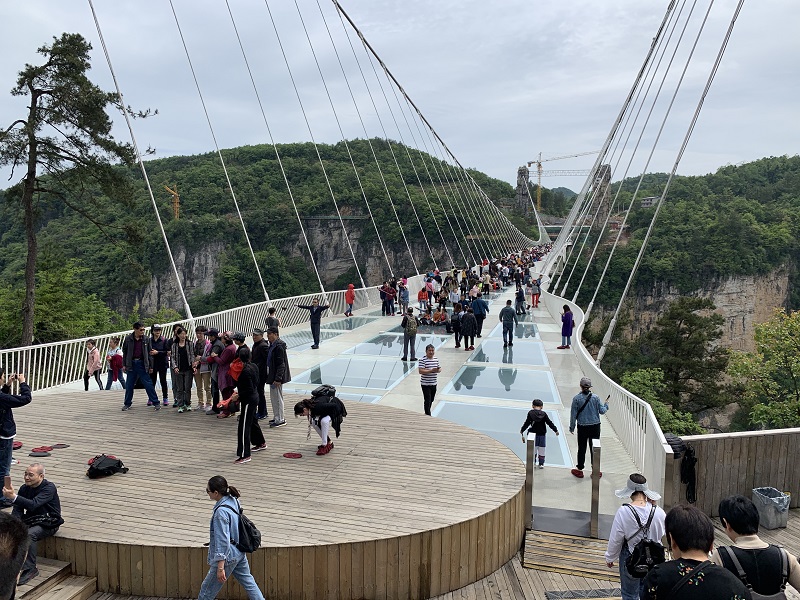
If you’re visiting the park, you should plan ahead for entrance and transportation costs, which vary depending on the season. The entrance fee is CNY 225 (about $31) per person during the peak season (March 1 to November 31). In the low season (December 1 to February 28), the price drops to CNY 115 (around $16) for the same four-day pass. The fees include shuttle bus transportation within the park.
Additional costs apply for various cable cars that provide convenient access to the park’s stunning viewpoints. For instance: the Yellow Stone Village cable car costs CNY 65 ($9 USD) one way or CNY 118 ($16) round trip. The Yangjiajie cable car is CNY 76 ($10.50) one way or CNY 152 ($21) round trip. Lastly, the Tianzi Mountain cable car costs CNY 72 ($10) one way or CNY 144 ($20) round trip.
FAQs
Is Zhangjiajie worth visiting?
Absolutely! Zhangjiajie is undoubtedly worth visiting for its unparalleled natural beauty, which remains unmatched by any man-made creation. As China’s first UNESCO World Heritage Site, Zhangjiajie National Forest Park boasts a breathtaking landscape of towering sandstone peaks. Each peak is distinct, rising majestically above misty valleys and lush forests, creating a dreamlike atmosphere that feels almost otherworldly.
How long to spend in Zhangjiajie?
To fully experience Zhangjiajie’s breathtaking landscapes, plan to spend at least 3 to 4 days in the area. This timeframe allows you to visit the park’s iconic spots—like the Avatar Hallelujah Mountain and the Glass Bridge—without feeling rushed.
Conclusion
Zhangjiajie National Forest Park is a natural masterpiece that offers a unique and unforgettable experience. With its towering pillars, ethereal landscapes, rich biodiversity, and cultural heritage, the park remains one of China’s most impressive destinations.
